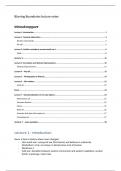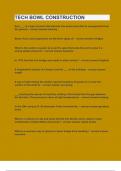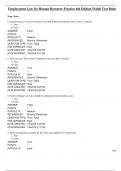College aantekeningen
Lecture notes blurring boundaries in art
Lecture notes from all the lectures of the blurring boundaries in art course given by R. Vellemans in period 4, 2023/2023. Modern art and all art movements of the 20th century.
[Meer zien]






